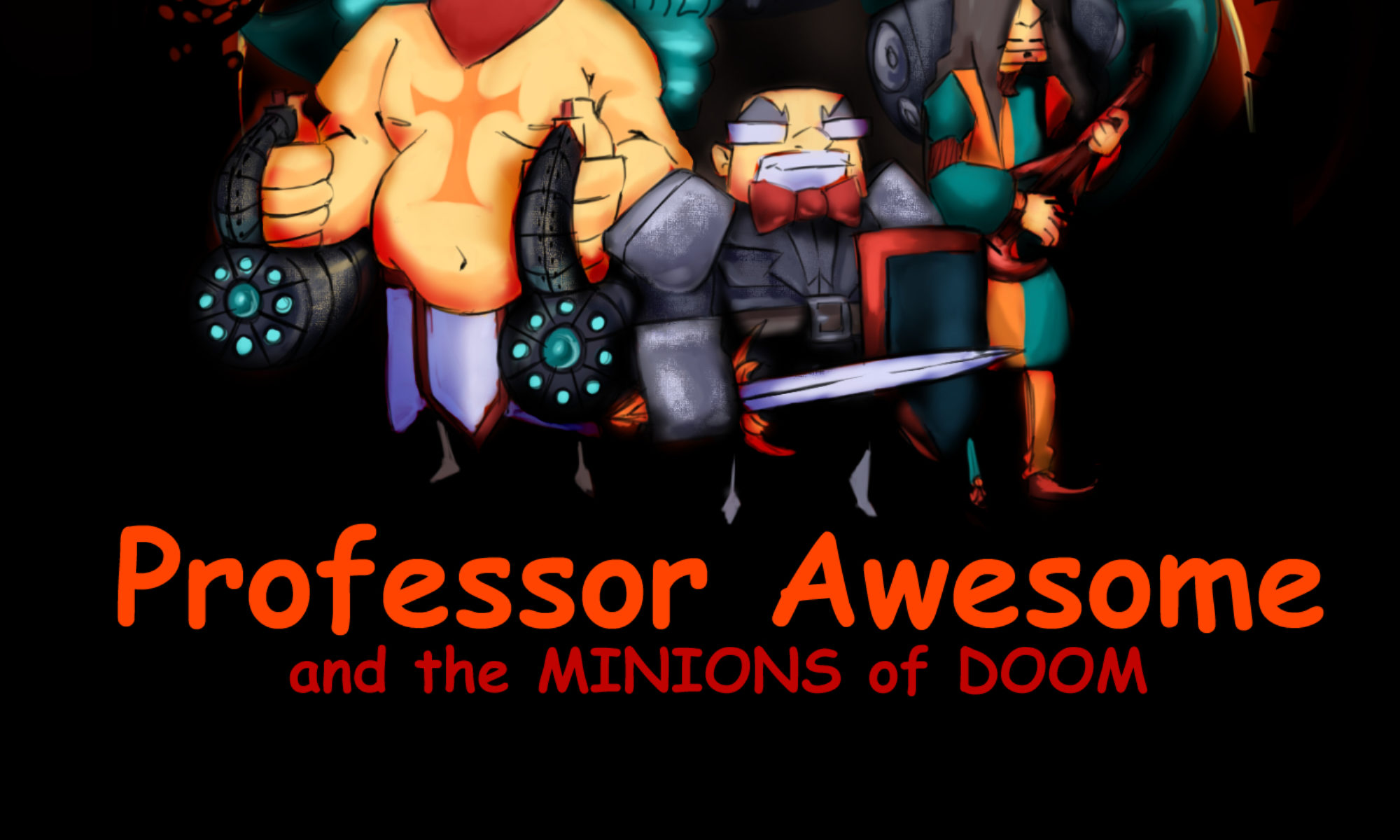As you read these words, Dragon*Con has begun in Atlanta.
As I’m writing these words, however, several days before the Con begins, in the midst of last minute scheduling changes (for the Comics and Popular Arts Conference at the Con), I am about to keel over in anticipation. Between D*Con and the Doctor Who premiere, I’m completely beside myself.
And the icing on the geek cake is that I have received my copy of Geek Rock: An Exploration of Music and Subculture, and it looks FANTASTIC.
This week is turning rapidly into Geek Week. And the definition for Geek Week appears to be the opportunity to participate in as many fandoms as possible. Fandoms, actually, are important enough to geek culture that we probably should have put more about fandom in our criteria for geek rock. There is a difference, after all, from the casual Doctor Who viewer and the viewer who runs out of the theatre in her Doctor Who/Hello Kitty mash-up t-shirt shrieking “I LOVE PETER CAPALDI†before breathlessly articulating the reasons why Steven Moffat is a genius (yes, that’s exactly what I did after “Deep Breathâ€). While geek rock needs to meet a fair amount of criteria in order to be geek rock, a casual listener can certainly remain just that–casual. But the avid listener tends to “geek out†over geek rock, a process that involves learning, collecting, sharing, expounding, and proclaiming. The geek rock fan in the geek rock band t-shirt who owns every album and has read every interview and who attends every concert and who writes fanfic and who even managed to acquire the Japanese import on blue vinyl–they are part of the fandom in a way that the casual listener is not. They ARE the fandom, in some respects. Much like Doctor Who, which is rather geeky by definition, geek rock allows fans to participate at any level they wish, but encourages fandom.
And the thing about geek rock fandom is that it’s not just any fandom. Phish has a fandom, probably one of the most infamous fandoms in music, but Phish’s fandom isn’t exactly geeky. Or are they? The Phish fandom trades bootlegs, follows the band, collects, learns, trades, shares, camps, expounds, and proclaims. The Phish fandom actually goes beyond fandom, turning the band into a way of life (a phenomenon that I think–but don’t quote me–is borrowed from the Grateful Dead). Phish fans who participate in most devote levels of fandom are actually participating in a lifestyle and philosophy centered around Phish’s music.
Which brings us full circle, really. Because fandom for geek rock expresses itself in the only way it knows how–geekily. Maybe that’s the point–that any fandom is expressive of its object. If that is, in fact the case (and I’m not yet convinced it is, I’m just throwing out some ideas here), then there is really only one thing for a fan of geek rock to do.
I’ll see you at Dragon*Con.

